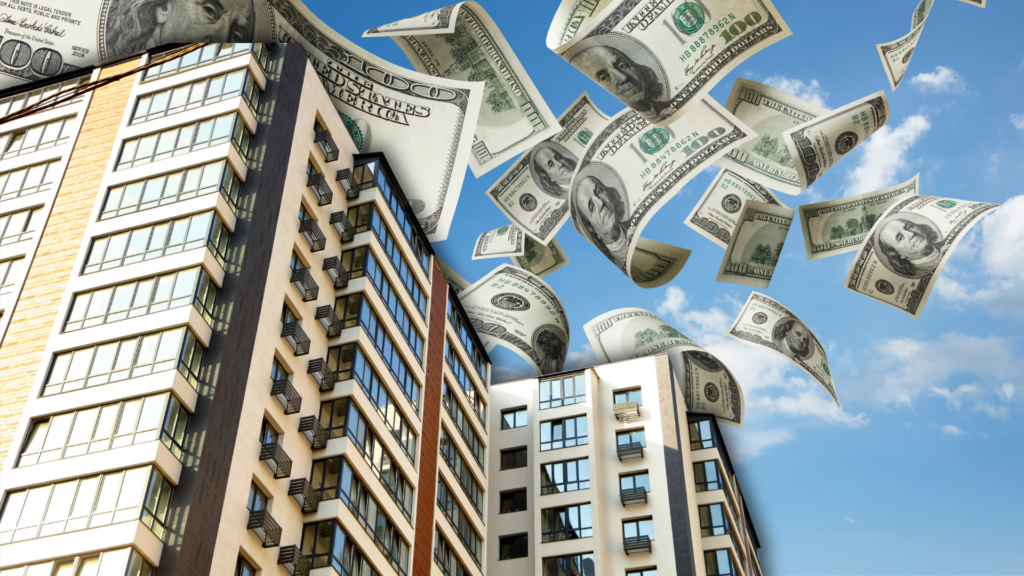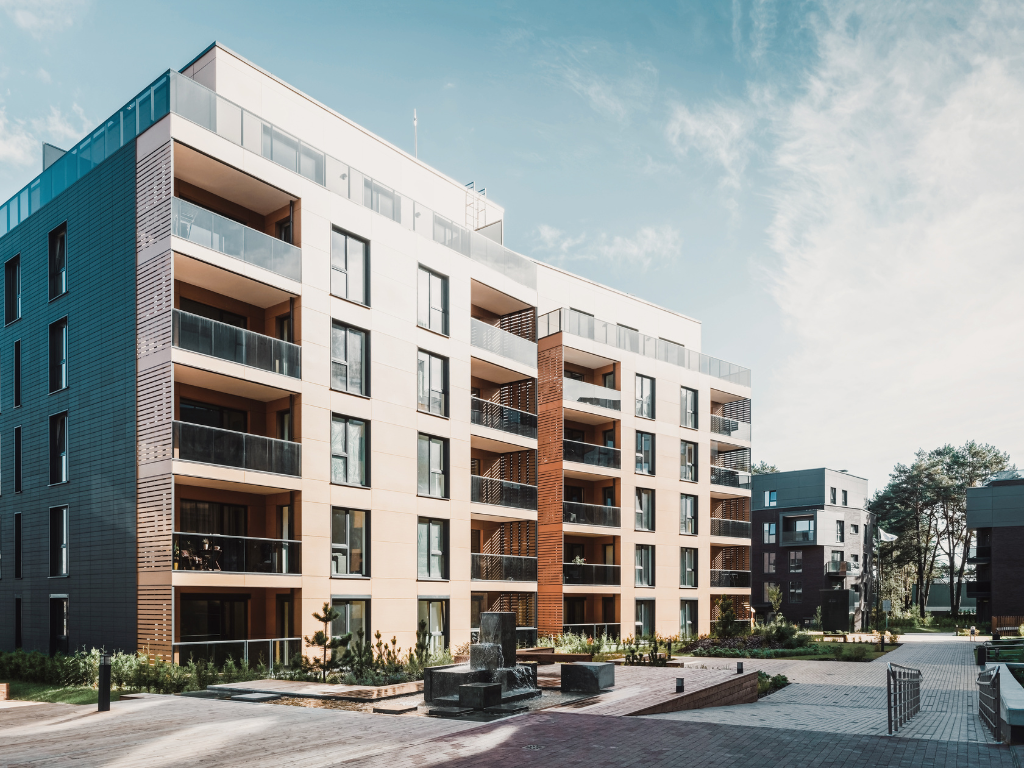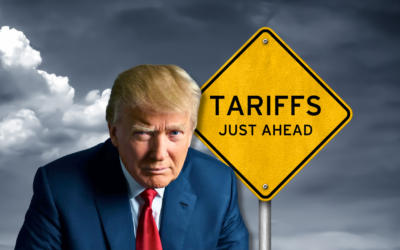Apartments as a Safe Harbor: Why Multifamily Shines in Times of Tariff Turmoil
|
APRIL 10, 2025
|
In today’s climate of global trade tensions, interest rate hikes, and general market unpredictability, it’s no surprise that investors are seeking more secure places to park their capital. A recent GlobeSt. article suggests that commercial real estate—especially multifamily properties—could be the safe haven many are looking for. Combined with historical performance data, the case for investing in apartments amid current economic uncertainty looks stronger than ever. Below, we’ll delve into why now might be the right time to double down on multifamily.
1. Multifamily’s Track Record of Resilience
Historically, apartments have shown impressive stability during periods of volatility. Even in the Great Recession of 2008–2009, multifamily vacancy rates didn’t skyrocket like other property types (e.g., office or retail). Demand for rental housing stayed consistent, driven by a combination of tighter lending standards, rising home prices, and more people choosing to rent for flexibility.
Case in Point:
According to a CBRE study, the national multifamily vacancy rate increased only slightly in the downturn and recovered faster than most other sectors—indicating an enduring baseline of renter demand.
2. Tariff Turmoil and Global Uncertainty
With ongoing tariff debates, trade wars, and supply chain disruptions, many industries face unpredictability. However, apartments—being tied to basic housing needs—tend to be less exposed to global headwinds than sectors like manufacturing, automotive, or technology hardware.
Why This Matters:
People need a place to live, regardless of tariff battles or currency fluctuations. Multifamily owners can typically adjust rents to keep pace with inflation and rising costs, preserving property values over the long haul.
3. Potential for Steady Cash Flow

One reason apartments stand out is the regular rental income that can hedge against inflation and other market jolts. Unlike one-off transactions—like office leases or home sales—multifamily properties benefit from multiple tenants, dispersing vacancy risk.
Historical Rental Growth:
Over the past 10–15 years, average apartment rental growth in key U.S. metros has been steady, typically outpacing inflation by a small margin. While no asset is immune to dips, multifamily has proven more stable than many alternatives.
4. Counteracting Interest Rate Effects
Rising interest rates can strain real estate investments, increasing borrowing costs and potentially cooling buyer demand. Yet multifamily often continues to attract strong tenant pools when rates go up, as some potential homeowners opt to rent for longer. Additionally, experienced operators lock in long-term, fixed-rate financing to stabilize cash flow.
Key Insight:
In times when homeownership becomes less affordable, the demand for quality rentals can surge—meaning well-managed apartment communities may see less vacancy and consistent rental income, even as capital costs fluctuate.
5. Focusing on Growth Markets

Not all apartment assets are created equal. Targeting regions with diversified economies, population growth, and strong job markets is crucial. Markets like the Sunbelt (Florida, Georgia, Texas, the Carolinas) have become magnets for job-seekers, retirees, and remote workers alike—fostering an ongoing appetite for rental housing.
Data Point:
According to the National Multifamily Housing Council (NMHC), metros experiencing above-average population influx (driven by job opportunities and affordable living costs) have historically seen rents rise faster than national averages.
6. Strategic Value-Add Opportunities
Value-add strategies—where older properties are renovated to boost rents and property value—can help investors force appreciation, rather than relying solely on market upswings. By modernizing units and upgrading amenities, operators can command higher rents while still remaining competitive against new-construction projects hampered by labor and material cost increases (exacerbated by tariffs).
Return Potential:
When carefully executed, value-add projects can yield returns that surpass passive capital appreciation, providing a structured, strategic pathway to growth—even in choppy economic waters.
Despite headlines warning of tariff wars and trade-related turmoil, multifamily real estate continues to offer a robust combination of stability, predictable cash flow, and resilience. Historically, apartments have performed well during periods of economic uncertainty—often outpacing other real estate sectors. With careful selection of growth markets, fixed-rate financing strategies, and targeted value-add opportunities, investors can better shield themselves from the unpredictability gripping other asset classes.
Ready to take the next step?
Learn more about our current multifamily opportunities—and how strategic apartment investments can serve as a powerful hedge against market volatility.
Ready to connect?
Book a call with our investor relations team today to learn more about current investment opportunities.
Have a question?
Please use the form below to contact us. We will never spam you, or sell your email to third parties.




